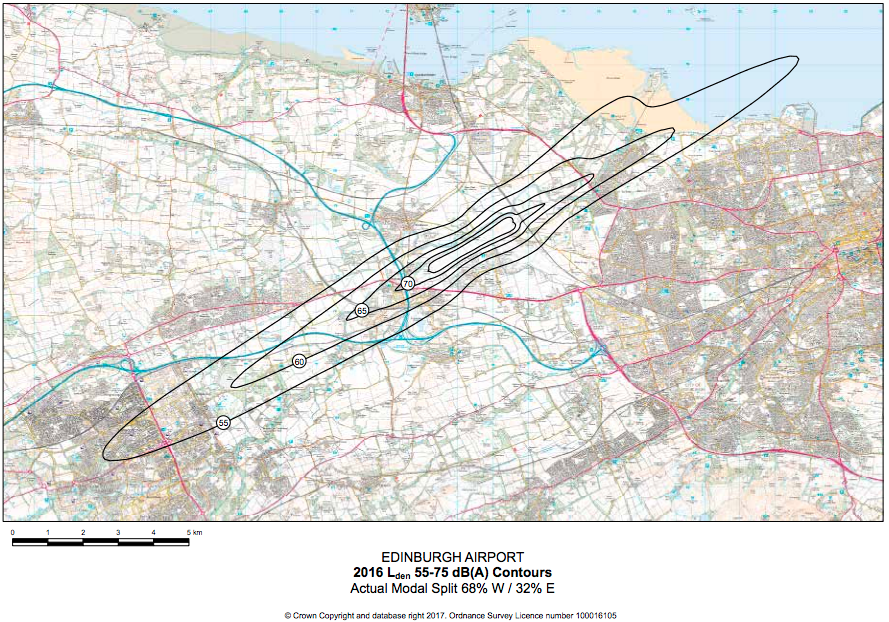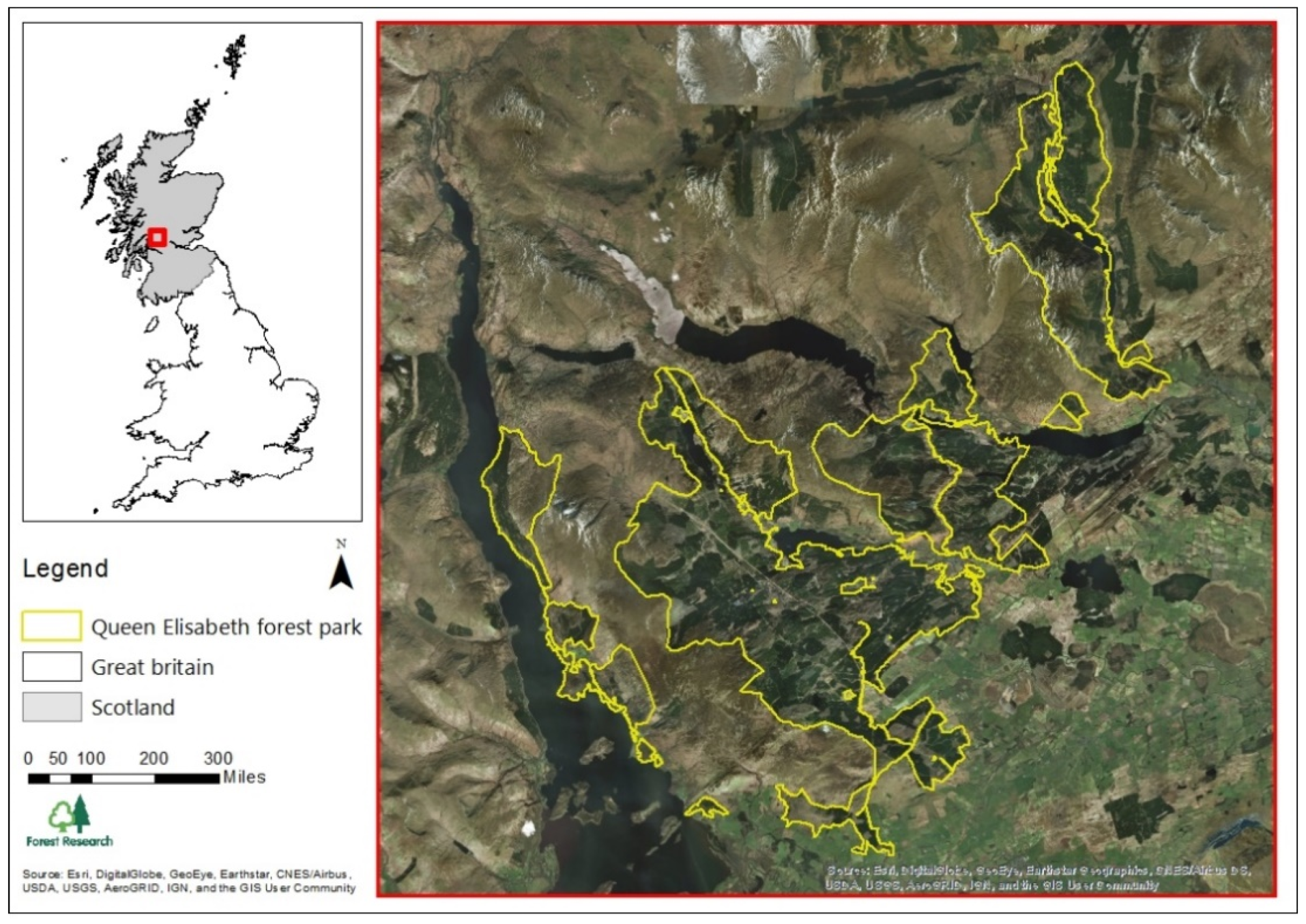
Interviewees were asked to identify the areas in which they fish, and to provide associated information on their fishing vessel, species targeted, fishing gear used and income from fishing. The data were collected during face-to-face interviews with individual vessel owners and operators and relate to fishing activity for the period 2007 to 2011. ScotMap provides spatial information on the fishing activity of Scottish registered commercial fishing vessels under 15 m in overall length. To improve knowledge of the distribution of fishing activity and the value of fisheries in inshore waters, Marine Scotland carried out a fisheries mapping study known as ScotMap. The competition for space is, however, often greatest in inshore waters where most fishing is undertaken by small vessels which are not currently fitted with VMS. For larger fishing vessels (those over 5 m overall length) which fish mainly in offshore wters, spatially resolved information on the ctivity and the value of fishing can be derived fom Vessel Monitoring Systems (VMS) and landings data. Marine Scotland requires a detailed understanding of fishing activity in Scottish Territorial Waters to inform marine spatial planning at both the national and regional level, and in relation to marine renewable energy development, marine nature conservation designations and fisheries mnagement. Then touch the Mail icon and put in the following email address: In Subject: put in the name of your sound (something which describes it).Scottish Marine and Freshwater Science Vol 5 No 17.To send the sound, select it in the list by touching and holding the sound you want to send and touch Share at the bottom of the screen.


Touch the red button again to stop the recording. Touch the red button and hold the mobile device near the sound you want to capture (remember the microphone is at the bottom of the iPhone where you speak when making a call!).You can make recordings on your mobile devices. Please follow government advice and stay safe.

Please take into account your own health and safety, as well as that of others, when making recordings and only record sounds during your daily permitted outing. Please also send some text (no more than 50 words) about the sound and the location where you recorded it (either coordinates or describe the location). Send your sounds directly here or to they’re large send via a service such as WeTransfer.

You can view and listen to sounds on the sound map here.Įxamples might include recordings of empty city centres, military vehicles in streets, tannoy announcements, birdsong which can now be heard, etc Pete Stollery is creating a sound map on Google Earth which aims to capture sonic environments which have changed as a result of governments’ actions around the world to curb the spread of the virus.


 0 kommentar(er)
0 kommentar(er)
